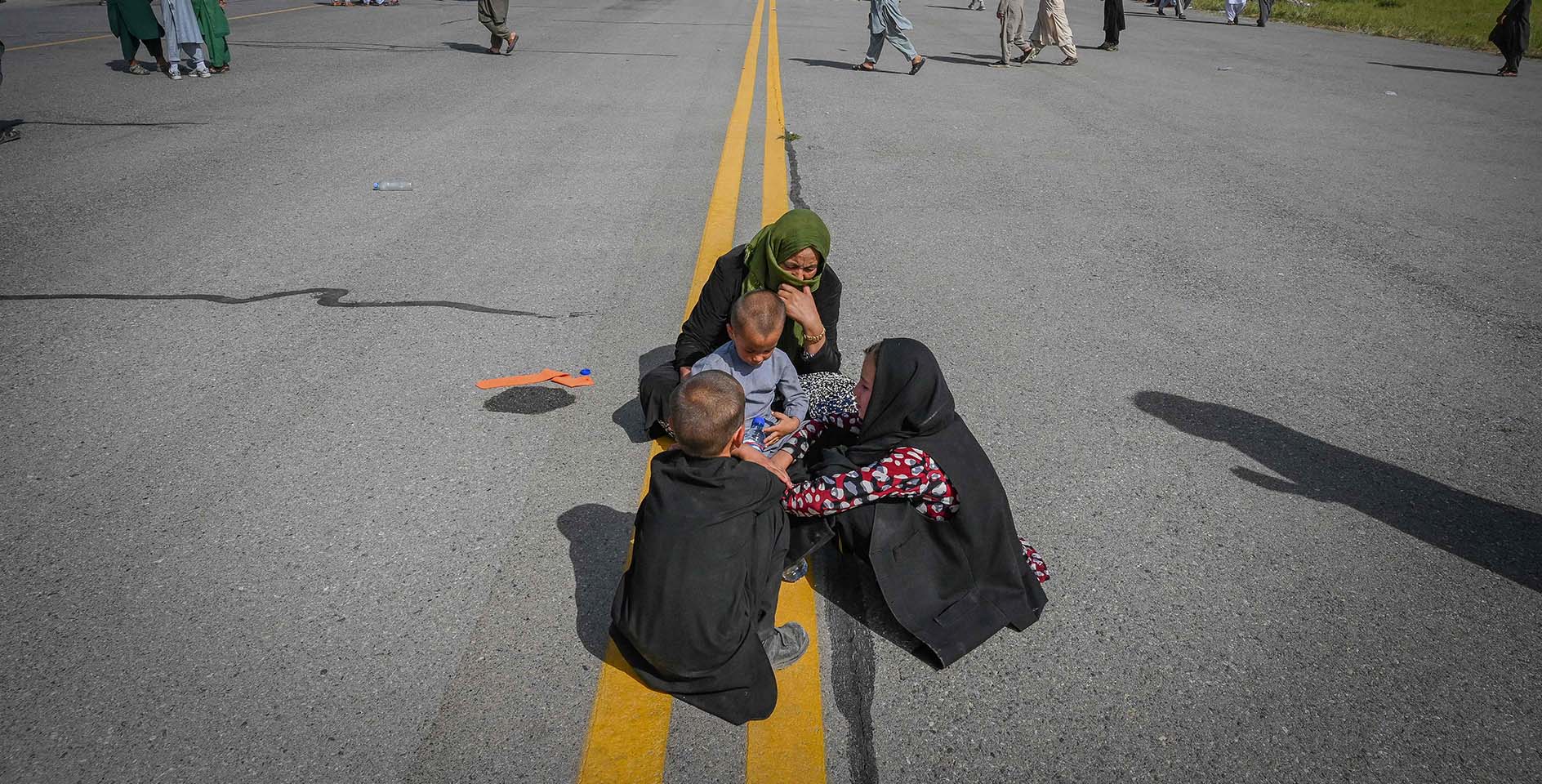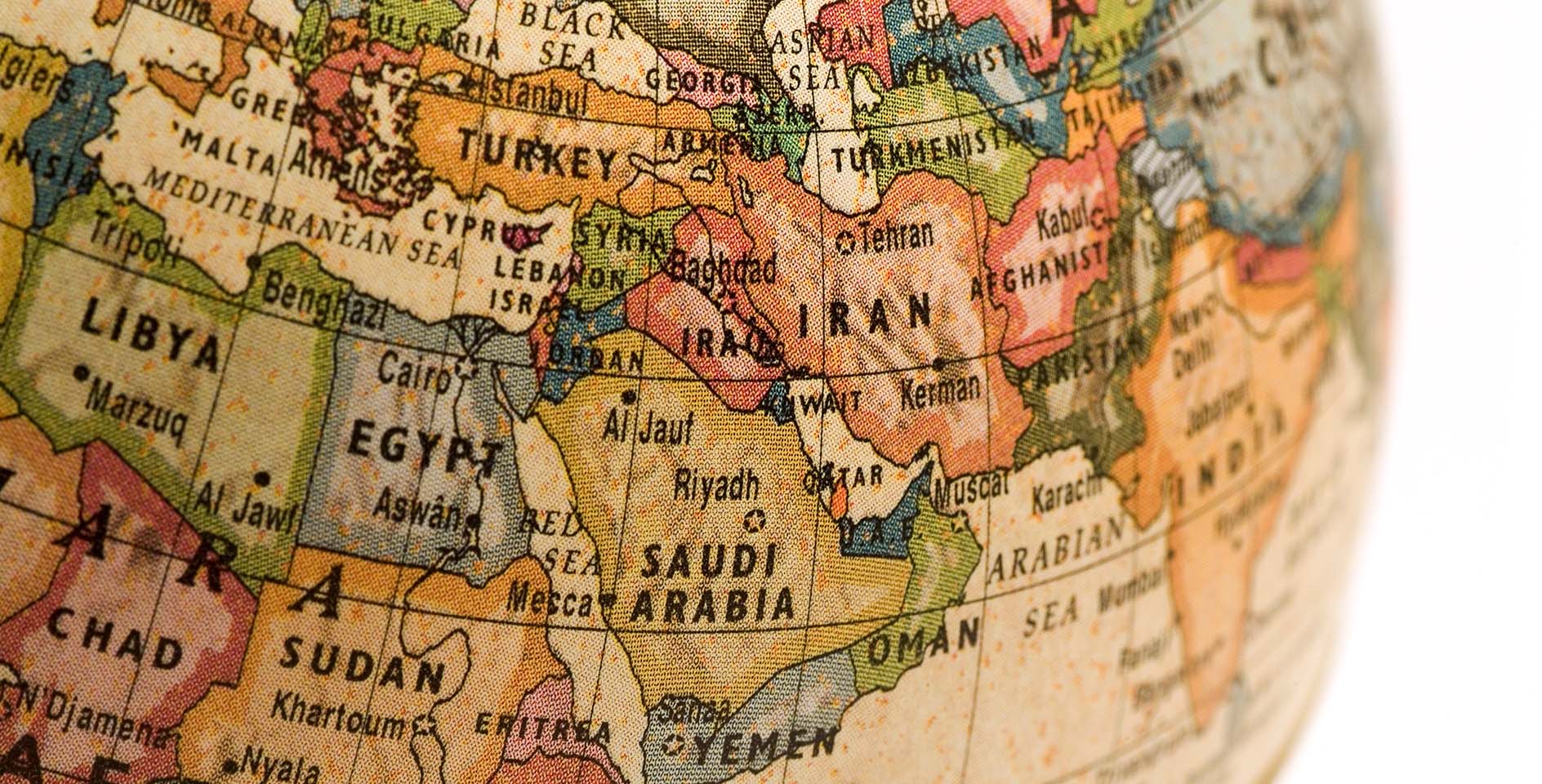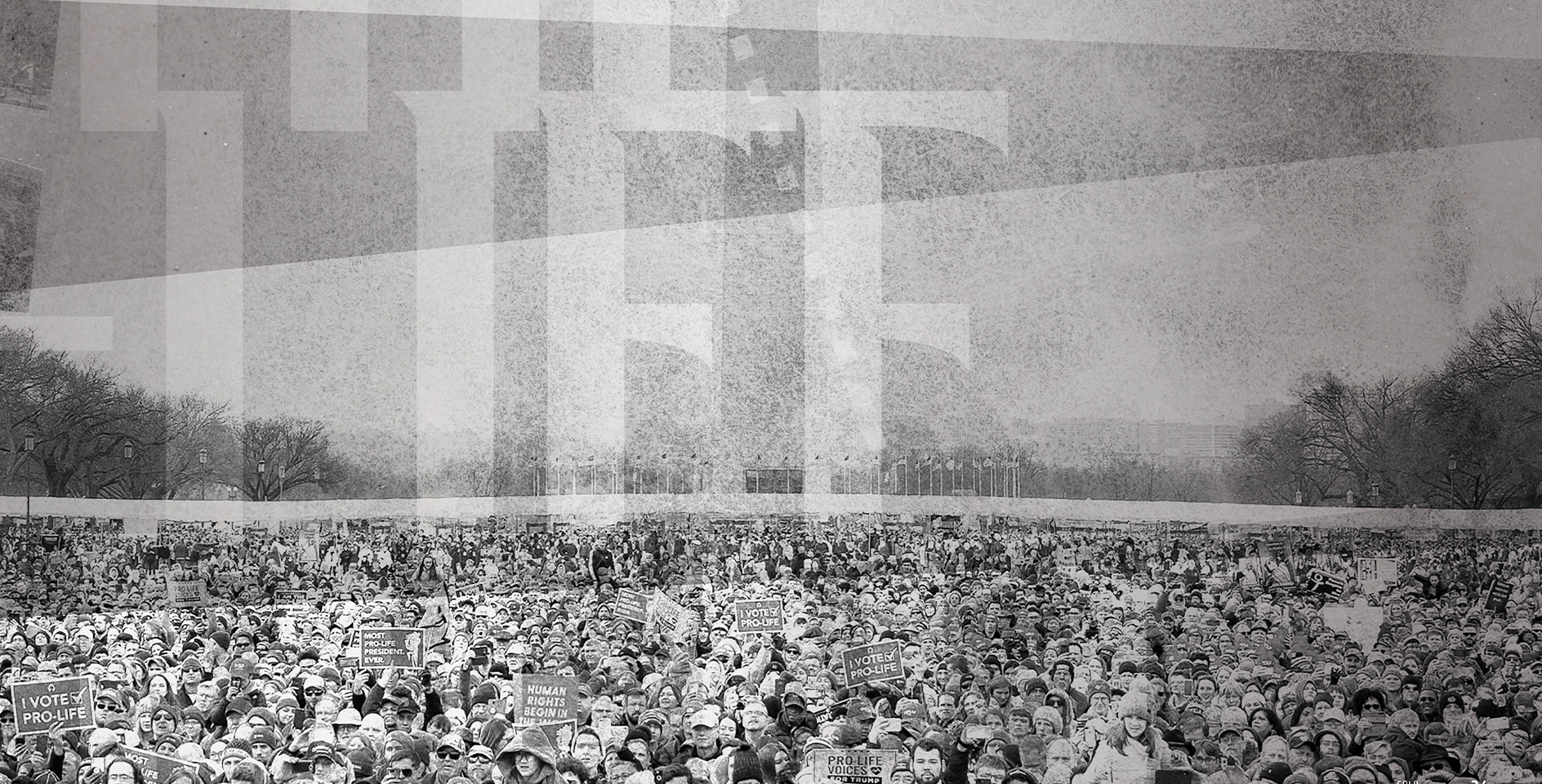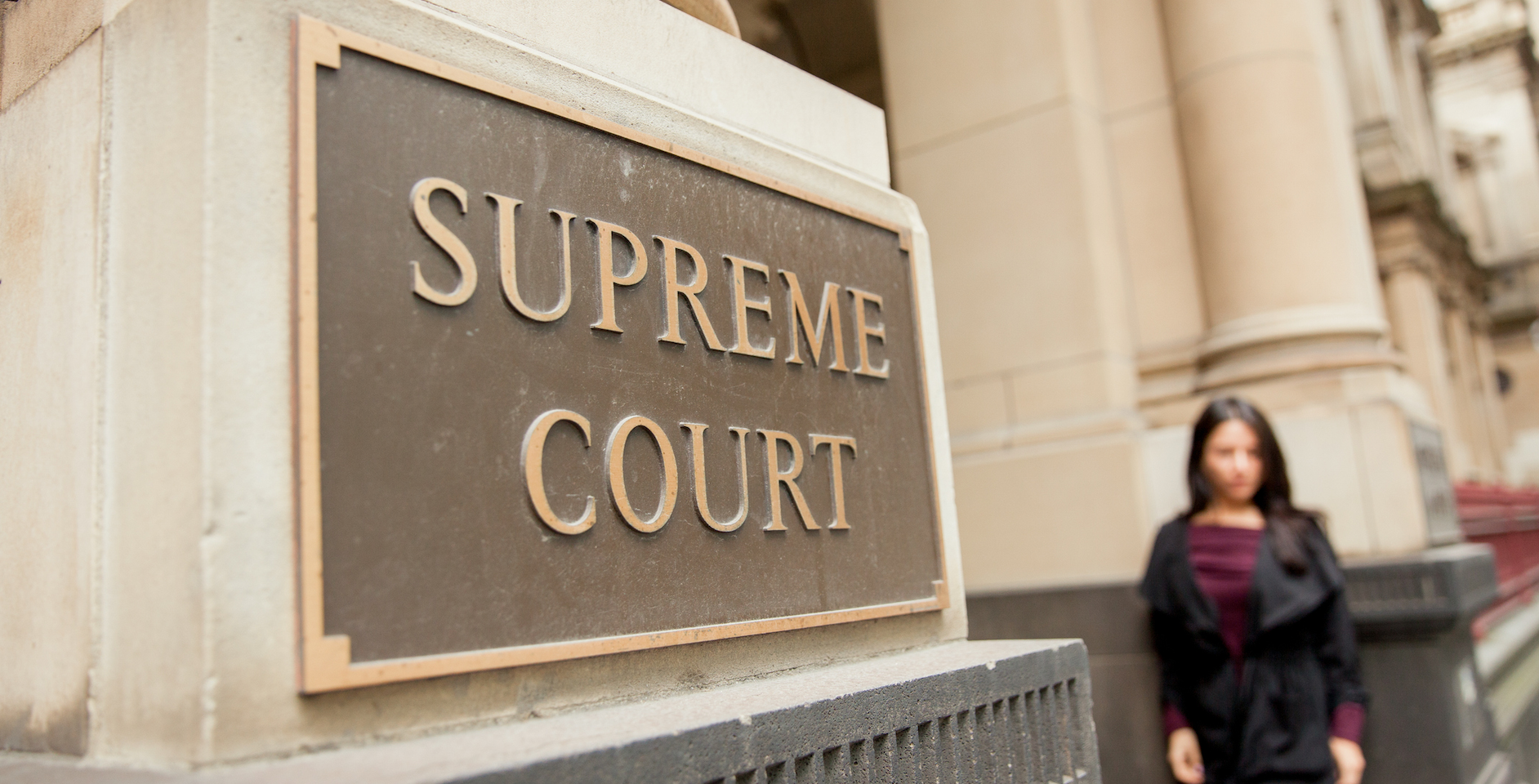A recent poll of registered voters conducted by USA Today/Suffolk University finds that 60% of Americans say 9/11 changed their lives forever. While there are innumerable ways the terror attacks affected individuals, here are four ways 9/11 changed life for almost all Americans.
1. Launched the global war on terror
The terrorist actions on 9/11 were the largest attack on American soil since Pearl Harbor. In reaction, America launched a “global war on terror” that has continued until today. Within a month, American troops were fighting a war in Afghanistan, the longest military conflict in American history. Two years later, the United States invaded Iraq and deposed President Saddam Hussein, partly based on the rationale that he “harbored and supported terrorists.”
Over the next decade, nearly 2 million U.S. service members were deployed to Afghanistan or Iran. Numerous others were deployed to other regions of the globe, such as Northern Africa and the Philippines. The efforts of the U.S. military arguably made the U.S. safer. Yet the men and women of the armed services, as well as their families, have had to endure the most in the aftermath. Over the past 20 years, more than 7,000 service members have been killed and over 50,000 have been wounded.
2. Led to increases in both immigration and deportation
In the five years prior to 9/11, an average of 770,00 foreign nationals a year were granted lawful permanent residence (i.e., immigrants who receive a “green card”), admitted as temporary nonimmigrants, granted asylum or refugee status, or were naturalized. In five years after the attacks, immigration increased to more than 850,000. Since 2005, immigration has ranged from a low of 990,553 in 2015 to a high of 1,266,129 in 2006.
In the five years prior to 2001, there were roughly 180,000 annual forced deportations a year. While that number dropped slightly in 2002, it began to steadily climb until 2009–2010, when deportations hit a record high of nearly 400,000 annually.
Two significant changes led to the increase in deportations. In 2002, almost two dozen government agencies were merged into the Department of Homeland Security. The Immigration and Naturalization Service and the U.S. Customs Service, which were previously part of the Department of Justice, were consolidated into the newly formed U.S. Immigration and Customs Enforcement (ICE).
From 2008 to 2014, the Secure Communities program allowed local law enforcement to check the immigration status of every person booked in a county or local jail by comparing fingerprints against federal immigration records. By 2014, when President Obama announced plans to phase out the program, ICE had established Secure Communities partnerships with all 3,181 law enforcement jurisdictions in the nation. Currently, about half of persons deported have a criminal status.
3. Ended airline hijacking in the U.S.
The attacks that occurred on Sept. 11, 2001, began when four commercial airliners were hijacked. Since then, no U.S. airliner has been hijacked. But prior to 2001 they occurred with alarming regularity.
For example, between May 1961 and the end of 1972, there were 159 hijackings in American airspace. The majority of those occurred in a five-year stretch from 1968 and 1972. Hijackings in the U.S. sometimes happened at a rate of one per week, and it was not uncommon for multiple hijackings to occur in the same day.
Prior to 9/11, airport security was primarily overseen by private companies. But on Nov. 19, 2001, Congress passed the Aviation and Transportation Security Act. The act created the Transportation Security Administration (TSA) to oversee security in all modes of transportation. The act also expanded the Federal Air Marshal Service, required reinforced cockpit doors on all large aircraft, and implemented 100% checked baggage screening by federal officials.
4. Expanded law enforcement tools in the fight against terrorism
After 9/11, Congress passed two major laws intended to protect national security against foreign terrorists. The primary provisions of those laws increased penalties for terror-related crimes; expanded the list of activities that would qualify as terrorism; eased interagency communication to allow federal agencies to more effectively use all available resources in counterterrorism efforts; and expanded surveillance abilities of law enforcement, including by tapping domestic and international phones.
A month after the 9/11 terrorist attacks, Congress passed a 320-page law known as the USA Patriot Act of 2001. The act was intended to “deter and punish terrorist acts in the United States and around the world, to enhance law enforcement investigatory tools, and for other purposes.” Beginning on Dec. 31, 2005, many provisions of the act were set to expire unless Congress reauthorized them. Out of the 16 sections, 13 were allowed to expire while three were reauthorized. After approval by Congress, President Bush signed an extension in 2006, and President Obama signed an extension in 2011. On June 1, 2015, the last three sections expired.
In 2015, Congress passed the USA Freedom Act. The purpose of the law is to “reform the authorities of the Federal Government to require the production of certain business records, conduct electronic surveillance, use pen registers and trap and trace devices, and use other forms of information gathering for foreign intelligence, counterterrorism, and criminal purposes, and for other purposes.”
The law ended the bulk collection of metadata by agencies such as the National Security Agency (NSA), ended the secret laws created by the Foreign Intelligence Surveillance Act (FISA) court, and introduced a “Special Advocate” to represent public and privacy matters. The bill also re-extend to areas of the Patriot Act: the roving wiretap provision, which allows roving surveillance of people being investigated for involvement in terrorist activities, and the the “lone wolf” provision, which permits surveillance of non-U.S. persons engaged in international terrorism without requiring evidence linking those persons to an identifiable foreign power or terrorist organization.









